Table of Contents[Hide][Show]
The first time I heard the term “humectant,” an expert in the skin care industry told me it was an ingredient that “attracted moisture from the air into the skin.”
I remember thinking, “Yeah, right. It just magically pulls water from the air around us and deposits it on the skin. Voila, you have hydrated and younger-looking skin.”
Turns out that what sounded like a far-out explanation actually wasn’t too far off. Humectants do attract water, but not necessarily from the air—they are more likely to pull it up from the deeper levels of your skin to hydrate the surface.
Still, who cares? Does it really matter?
If you want your anti-aging serum to work, it does. The wrong kind of humectant can rob your skin of hydration over time, leading to more sagging and wrinkles than you had to begin with.
Synthetic Humectants
Many of the humectants commonly used in skin care products pull water from the deeper levels of skin without replenishing it. This helps the surface of your skin to look more hydrated for a little while, but as it evaporates (which it regularly does unless you’re in a very humid climate), you’re left with less hydration overall, leading to dryness, dullness, and accelerated aging.
Skin care manufacturers like synthetic humectants because they cost less than natural ones. These will help prevent water loss to some extent, but they provide no real nutrients to the skin, and over time, can actually cause damage.
Some examples of synthetic humectants:
Propylene glycol
A by-product of petroleum refining (and natural gas), propylene glycol can help skin hold onto moisture, but it can also dry out the lower layers of skin, contributing to future dullness, fine lines, and wrinkles. It can also be irritating to sensitive skin, causing redness and rashes.
PEG
Polyethylene glycols (PEGs), like propylene glycol, are petroleum-based compounds that soften skin, but may be contaminated with carcinogens like ethylene oxide and 1,4-dioxane. These pull moisture from the lower layers of skin, but give none back.
Silicones
These are pervasive in today’s skin care products because they impart a smooth and soft feel on the skin, but these man-made chemicals also form a film over the skin’s surface, keeping it from ‘breathing’ normally. Results may include increased acne and irritation, as well as future dryness.
Urea
Urea is most often used as a preservative, but it’s also considered a humectant. It’s been shown to release formaldehyde, a carcinogen, and can increase risk of contact dermatitis.
These are just a few of the common humectants used in skin care products. If your product contains any of these, you may be hydrating in the short-term, but dehydrating your skin out over the long run.
In other words, you may be spending money for a product that’s really not going to help you.
Natural Humectants
Natural humectants, on the other hand, not only help attract water to the surface of the skin, but also deliver hydration and nutrients to the deeper layers, as well. This helps skin remain hydrated on a regular basis.
Aloe
It’s a wonderful humectant. It penetrates skin deeply and quickly, hydrating at the surface and at the lower levels.
Honey
Honey has a natural ability to hold onto water (the perfect humectant), hydrating without creating an oily feel. It’s also a natural source of alpha hydroxy acids, which encourage exfoliation. This makes it even easier for skin to absorb the moisturizing elements.
Hyaluronic acid
This sounds like a chemical ingredient, but it’s not. It’s a natural molecule present throughout the body that helps hydrate and cushion joints, eyeballs, and skin. It has a natural ability to hold onto water, and seems able to adjust according to humidity levels, helping your skin cope with even dry climates.
This is an important ingredient in our Anti-Aging Serum, which helps the skin look firmer and tighter as well as reduces the appearance of fine lines and wrinkles.
Glycerin
It occurs naturally in every living cell so it’s easily absorbed by the skin. It holds water really well and it works by finding an equilibrium between the water content in the air and in the skin. Along with the benefits of deep hydration, the texture of glycerin makes it perfect for skin care because it glides on smoothly and evenly.
These are only a few of the many natural humectants that are great for skin.
The important thing when looking for skin care that’s really going to help you look your best is to choose those items with ingredients that offer long-lasting benefits. A little synthetic hydrator may help your skin look and feel better today, but natural humectants do that and so much more, nourishing and hydrating skin to help resist the appearance of aging far into the future.
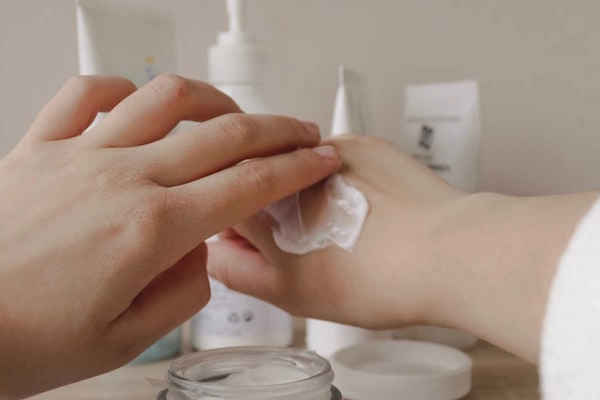
Exfoliation: What Works and What’s Safe?
So, what’s the difference between humectants and emollients?
Emollients are ultra-hydrating treatments applied topically to the skin in an effort to soothe, heal, and hydrate. Unlike humectants that attract moisture, emollients create a guarding film in order to trap it. Emollients are typically used to protect skin cells and help regulate skin conditions such as psoriasis, eczema, and ichthyosis by preventing scaly patches, itchiness, and flare-ups. Most products with emollients can be purchased over-the-counter, but in more severe cases, it’s best to speak to a dermatologist or other health professional about getting a prescription for something stronger if need be. Some product examples include:
Lotions
Good for tackling large and/or hair areas as they are easily spreadable. The downside is the consistency means lotions aren’t extremely moisturizing.
Creams
Best when used in the daytime as they absorb into the skin quickly and don’t live a heavy, greasy texture behind.
Ointments
Excellent for super-dry, thickened skin, but should be used at night due to the thick, greasy consistency. Bonus points for being ultra-hydrating.
Sprays
Thanks to the delivery system, sprays are good for hard-to-reach areas, as well as sensitive, sore, or infected skin that shouldn’t be overstimulated by rubbing.
Soap/Cleansing Substitutes
An alternative to other everyday products as those can be overly drying and make a skin condition worse.
How to Use Emollients
Leave-on emollients such as creams, ointments, sprays, and lotions should be applied to clean, dry skin in a gentle, smoothing—not rubbing—motion in the same direction of your hair growth to prevent the follicles from becoming blocked. It’s not uncommon to use more than one type of emollient, such as a lighter cream during the day and ointment at night.
You can actually apply them throughout the day (approximately 4-5 times) to keep skin hydrated. Remember to re-apply after bathing, swimming, or any activities that cause you to perspire.
It’s important to note that if you’re using another type of treatment product for your skin condition and/or a steroid cream, wait at least 30 minutes after applying it to layer on the emollient to prevent adulturing the effects of the product. Don’t overuse soap substitutes. These types of cleansers don’t typically foam, using more product isn’t going to help.
Common emollients include:
- Shea butter
- Cocoa butter
- Beeswax
- Lanolin
- Paraffin
- Squalene
- Mineral Oil
- Nourishing oils (think olive, almond, coconut, jojoba, sesame, etc.)
Where do occlusives come in?
Occlusives work in tandem with humectants and emollients to help keep the skin hydrated, soft, and glowing by preventing trans-epidermal water loss (aka TEWL.) This is achieved due to an additional barrier against the skin that locks in moisture—but it doesn’t increase it. They are best used to treat dry, tight areas of the skin with fewer sebaceous glands. This includes your neck and decollete, for example.
Perhaps one of the most popular occlusives is 100 percent petrolatum. It has been used for centuries to help treat anything from chapped lips to dry elbows to diaper rash. However, it’s not natural, so it’s better to opt for occlusives such as cocoa butter, lecithin, vegetable waxes, beeswax, and plant oils and butters high in oleic acid.
These moisture trappers can feel greasy and heavy on the skin. So it’s best to use them in combination with products that have a lighter formula—especially if you have oily skin.
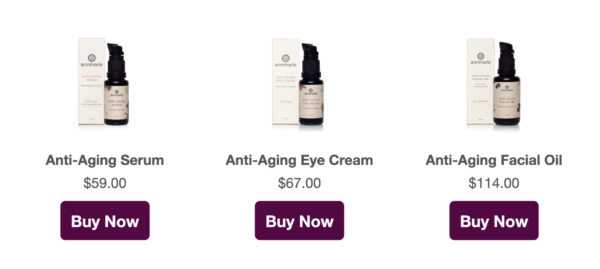
Exfoliation: What Works and What’s Safe?
Sources:
“Emollients,” NHS UK, https://www.nhs.uk/conditions/emollients/
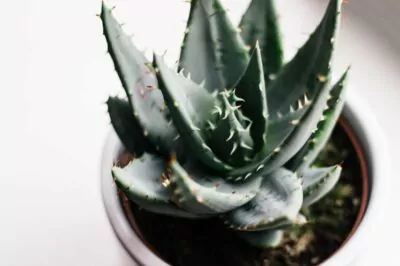
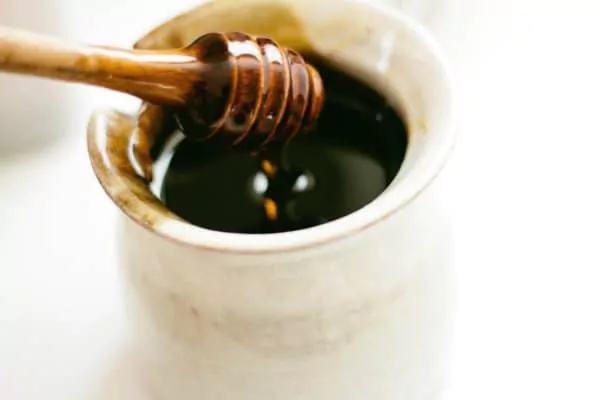

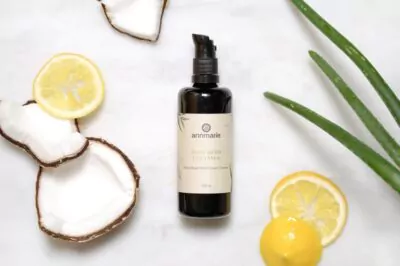
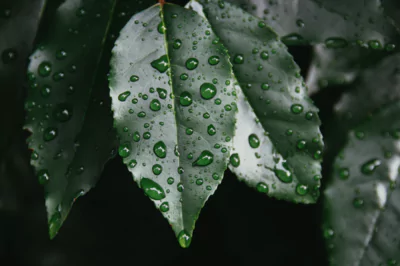
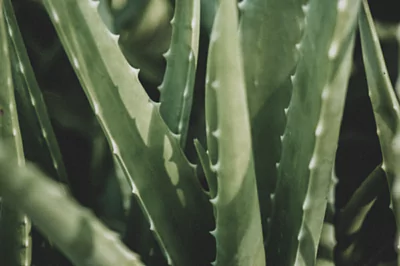
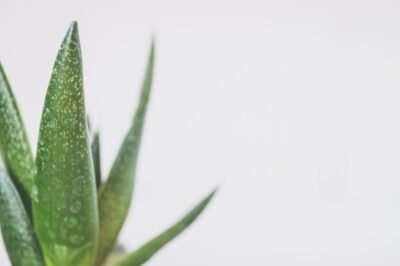
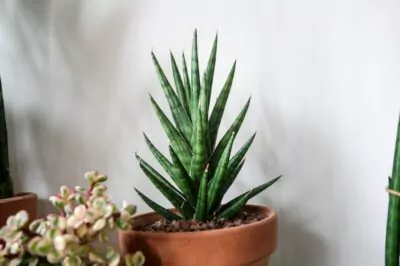
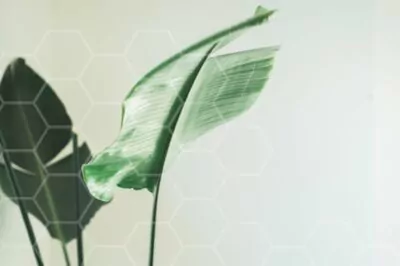
Glycerin effectively works by balancing the water content in the air and in the skin. It’s perfect when you live in a wet climate, our skin humidity level vary between 60 to 70%, if you live where the humidity level is lower than that, than glycerine will cause drying. It starts by pulling the water from the cream itself where it can easily reach 80% but once the water is evaporated it will balance with the air humidity level. Thats a reason why when we start using a glycerin based lip balm in winter we just can’t stop because we enter a vicious cycle of hydrating and drying. Also glycerin is very cheap and it usually replace high quality oil to save on the price of the product. So please be aware !
A Nice educative article full of knowledge about health, specially skin health. Love it
I am curious as to why you omitted vegetable-derived Propylene Glycol?
I have recently read that glycerin is considered a synthetic humectant.
Some glycerin is man made but it can be derived from plants.
You are misleading people with respect to urea. You are not differentiating between the two types and therefore putting people off an incredible substance for their skin. See here: http://thenakedchemist.com/what-is-urea-and-its-benefits-in-skin care/?v=79cba1185463
Will you allow this post to be visible as a comment? I somehow doubt it, but let’s see just how open and honest you are…
Nick
Thanks for an amazing article.
Can you add a few lines about glycerine, as it is so common in skin care made with natural ingredients? I am wondering does glycerine also dry out the skin over time?
Thank you!
Sure! We added a little blurb about glycerin but we definitely suggest doing extra research if you’re curious 🙂
Thanks for the amazing facts about the humectants which are really of immense value…
hi, thanks for the info…would you mind also speaking about glycerin?
The for info r/t humectants